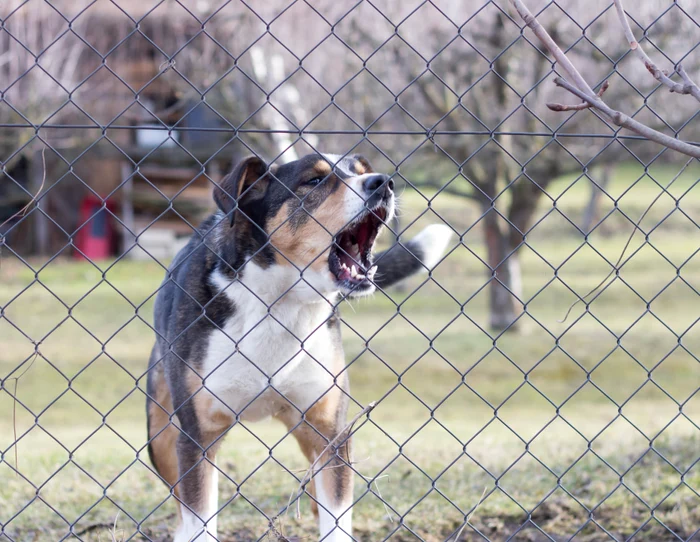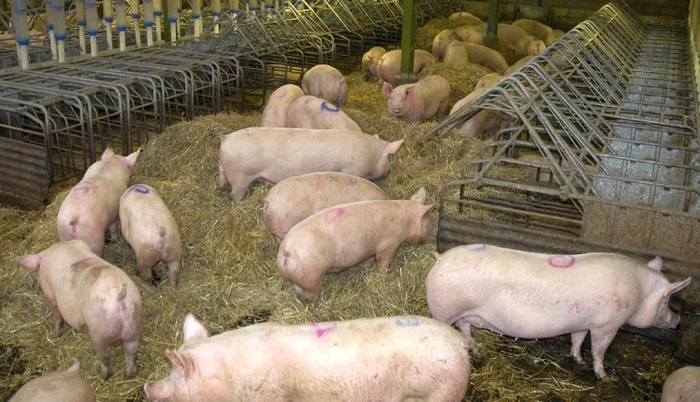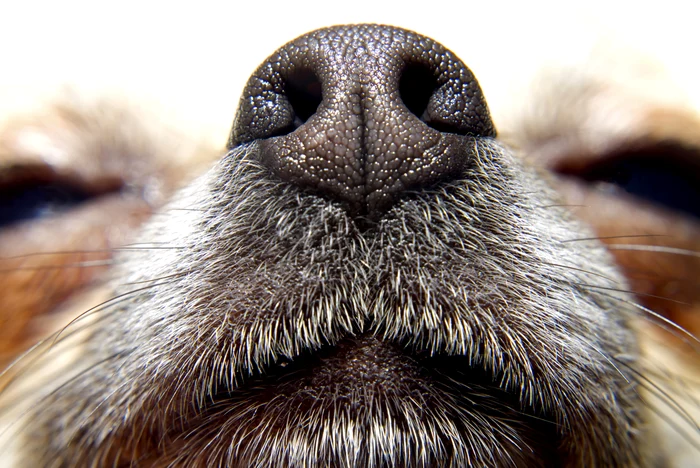
Pași de urmat după ce ai fost mușcat de un animal pentru a preveni boala cunoscută popular ca "turbare" sau rabie.
Gabriela Cecilia Irimie, director of the Arad Public Health Directorate, offers readers useful information on how to proceed in case of an animal bite. What is meant by „a wound with rabies potential”.

The Arad doctor explained that rabies is a viral disease that occurs in over 150 countries and causes tens of thousands of deaths each year, mainly in Asia and Africa. 40% of these deaths occur in children under 15 years old.
Most deaths from rabies occur in people who have been bitten by dogs. Additionally, about 99% of rabies cases occur in people who have been bitten by dogs.
Rabies can be prevented through anti-rabies vaccination of dogs and preventing dog bites. It is also responsible for a significant economic burden.
The last case of human rabies in Romania, resulting in death, was recorded in 2012.
„After a person has suffered a wound with rabies potential (such as a dog bite), it is necessary to adopt the correct prophylactic measures as quickly as possible to prevent rabies,” says Gabriela Cecilia Irimie.
– Washing the wound thoroughly with water and soap for at least 15 minutes
– Proper wound care
– Accessing healthcare services as quickly as possible to assess the rabies risk of the wound and determine the need for anti-rabies vaccination and seroprophylaxis.
A wound with rabies potential can also have tetanus potential, so medical personnel must also consider tetanus prophylaxis.
In 2021, two EU member states reported 118 indigenous cases of rabies in animals: Poland – 113 cases and Romania – 5 cases (four cattle and one fox).
Cases of rabies among animals are recorded annually in Romania, both in wild animals (fox, wolf, bear, jackal, wild cat, ferret, polecat, raccoon) and domestic animals (cattle, sheep, goats, pigs, pets).
Considering that the main natural reservoir of rabies virus in Romania is represented by the red fox (Vulpes vulpes), the only effective measure to eliminate rabies in Romania is the vaccination of animals in the wild (with the target species being the fox).
The program for the eradication, control, and monitoring of rabies in Romania has been approved, technically and financially, by the European Commission since 2011, in accordance with the veterinary legislation of the European Union and the criteria established in Commission Decision 2008/341/EC of April 25, 2008 on the establishment of community criteria for national programs for the eradication, control, and monitoring of certain animal diseases and zoonoses.
By implementing the oral rabies vaccination program for foxes, a decrease in rabies cases was recorded in the period 2014-2017. Despite the control measures implemented so far, the risk of new cases of the disease is imminent due to the epidemiological situation in neighboring countries, which is why the European Commission requests the continuation of the anti-rabies vaccination program for foxes for at least six consecutive years and two years after the confirmation of the last rabies outbreak.
Rabies can be prevented through three proven and effective interventions:
The first is raising awareness of the risk of the disease and knowledge of disease prevention measures contributes to the adoption of community-level measures to protect the population, as well as to the adoption of optimal post-exposure behavior by individuals who have suffered a wound with rabies potential. Awareness campaigns should consider understanding how to prevent rabies in animals, when to consider a potential rabies diagnosis, and how to proceed in case of a wound with rabies potential.
The second is post-exposure prophylaxis (PEP), which involves administering multiple doses of rabies vaccine and, in some cases, immunoglobulins or anti-rabies serums. To be effective, these should be administered as soon as possible after a person has suffered a wound with rabies potential. Proper wound care and prompt access to quality PEP have an efficacy of approximately 100% in preventing rabies deaths.
The third is mass vaccination of dogs, which is a cost-effective way to prevent rabies and reduce the number of deaths by preventing transmission from the source of infection. Although a variety of animal species can harbor the rabies virus, 99% of human rabies cases occur after a dog bite. Therefore, eliminating rabies in dogs is the key to long-term disease control in humans.
„This year’s theme ‘All for 1, one health for all’ emphasizes the fact that to eliminate deaths caused by rabies by 2030, a joint effort of doctors, authorities, organizations fighting for animal health is needed, an effort that must be focused on ensuring the health of all, regardless of social and economic level. Unfortunately, rabies continues to affect communities like older diseases,” concludes the Arad doctor.









Comentarii recente